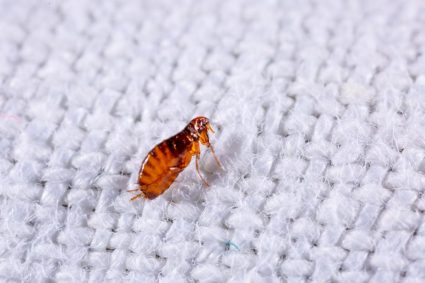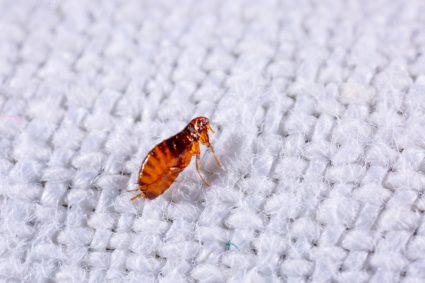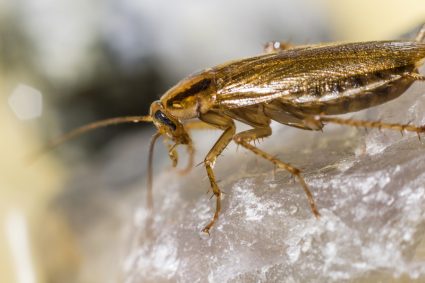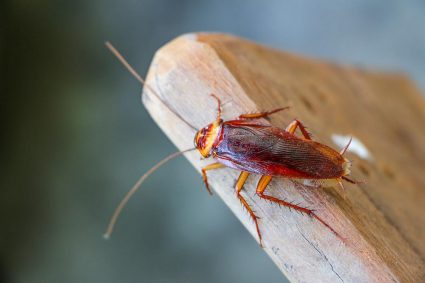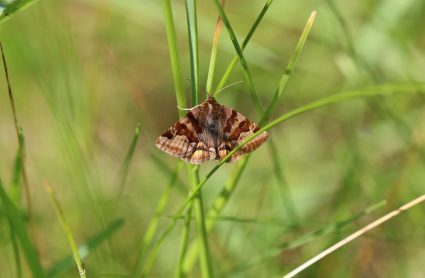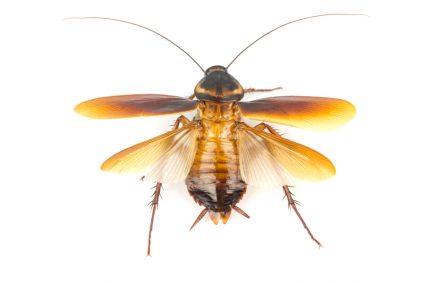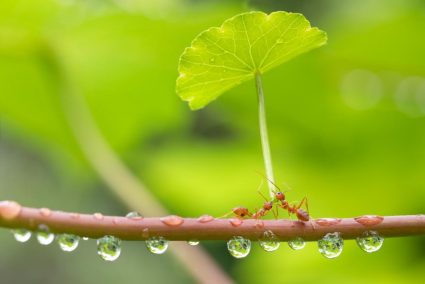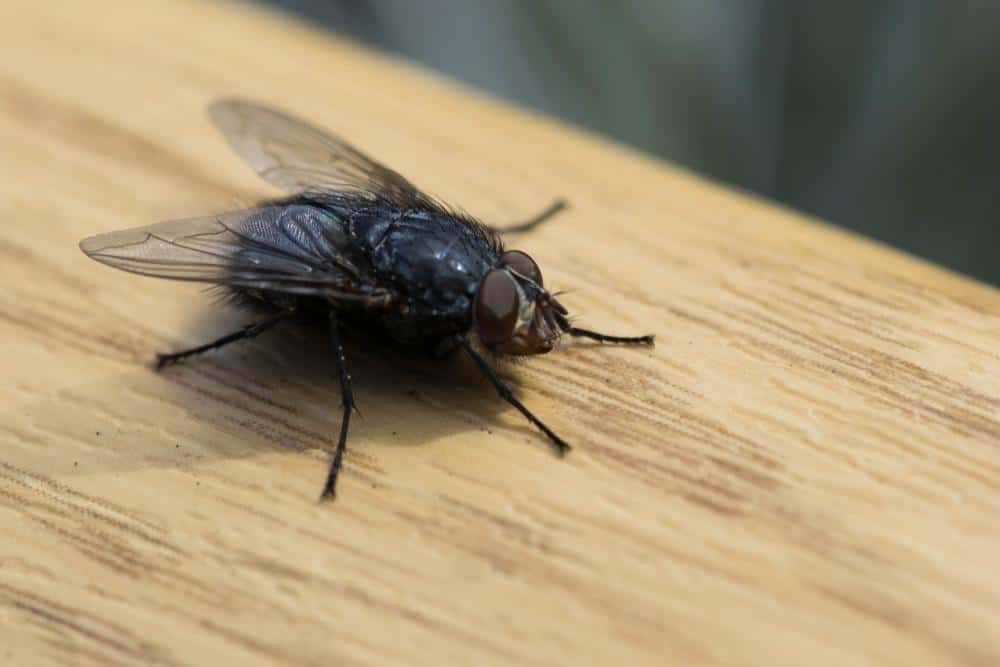
Flies are a common presence in our daily lives, whether we like it or not. While they might seem harmless, their droppings can pose potential health risks and can be a nuisance. But what do fly droppings look like, and how can you identify them? This comprehensive guide will provide an in-depth understanding of fly droppings, their appearance, where to find them, and how to clean them up safely.
Fly droppings, or flyspecks, are tiny dark-colored dots that are brown or black in color. They are usually accompanied by amber or cream-colored spots, which are excess saliva from the fly. Their size, color, and consistency can vary depending on the species of fly and their diet. They are typically found in areas where flies frequently rest or feed, such as walls, windowsills, and near sink drains and trash bins.
What Do They Look Like?
Fly droppings, often referred to as flyspecks, are tiny dark-colored dots that are brown or black in color. These droppings are usually accompanied by amber or cream-colored spots, which are excess saliva from the fly. Although fly droppings are small, they can become noticeable in cases of fly infestations, where there is a buildup of these specks.
Size and Color Variations
The size and color of fly droppings can vary between different species. Houseflies, one of the most common fly species, have droppings that are small and dark. Other fly species, such as blow flies, greenbottle, and bluebottle flies, have similar droppings. These droppings can help homeowners determine the type of infestation they are dealing with and can also give clues as to the severity of the infestation.
Unique Characteristics
Fly droppings are generally more liquid-like compared to other insects’ droppings. For example, cockroach droppings are usually small pellets or cylindrical shapes, while ant droppings are small granules with ridges along the sides. Beetle droppings may appear as long thin strings or pellets with ridges around them. Fly droppings, on the other hand, are small and dark in color, resembling tiny black or brown spots.
Influence of Diet
The diet of a fly can influence the appearance of its droppings. Flies consume a variety of food sources, including organic decaying material from fruits, meat, vegetables, and plant secretions. Therefore, it is reasonable to assume that the appearance of their droppings can be influenced by the composition of their diet.
Where to Find Fly Droppings
Fly droppings are most likely to be found in areas where flies frequently rest or feed. These small light brown or cream-colored spots can be found on various surfaces, such as walls, windowsills, and near sink drains and trash bins.
Cleaning Up Fly Droppings
Cleaning up fly droppings requires caution due to the potential health risks associated with them. It is advisable to wear protective gloves to avoid direct contact with the droppings. Use a vinegar-water solution, or dish soap and water, to clean the affected area. After removing the droppings, clean the area with soap and water to remove any residual residue and kill any bacteria left behind by the flies.
Health Risks
Fly droppings can potentially pose health risks as flies are known to carry and transmit various pathogens. Some of the diseases associated with fly droppings include food poisoning, dysentery, diarrhea, anthrax, cholera, tuberculosis, and typhoid.
Role in the Ecosystem
Despite their nuisance, fly droppings play a crucial role in the ecosystem. They contribute to the decomposition process and nutrient recycling. Moreover, flies serve as a food source for other insects, fish, birds, and mammals.
In conclusion, understanding what fly droppings look like can help in identifying and managing fly infestations effectively. It is essential to maintain proper sanitation and take preventive measures to minimize the risk of diseases associated with fly droppings.
Frequently Asked Questions
Can fly droppings damage furniture or other surfaces?
Yes, fly droppings can cause damage to certain surfaces. The acidic nature of fly droppings can eat away at paint and other surfaces over time, causing discoloration and structural damage.
How can I prevent flies from infesting my home?
Proper sanitation is crucial in preventing fly infestations. This includes regularly cleaning trash bins, avoiding leaving food out, and promptly cleaning up any spills. Sealing cracks and openings around windows and doors can also help keep flies out of your home.
What are the signs of a fly infestation?
Signs of a fly infestation can include an increase in the number of flies in your home, the presence of fly droppings, and the presence of maggots, which are fly larvae.
Are there professional services to deal with fly infestations?
Yes, there are professional pest control services that can deal with fly infestations. They can provide a thorough inspection, treatment, and advice on preventing future infestations.
Can fly droppings cause allergies?
Fly droppings themselves aren’t typically allergenic, but they can carry allergens from other sources. For example, if a fly has been in contact with allergenic substances like dust or mold, these can be transferred to their droppings.

